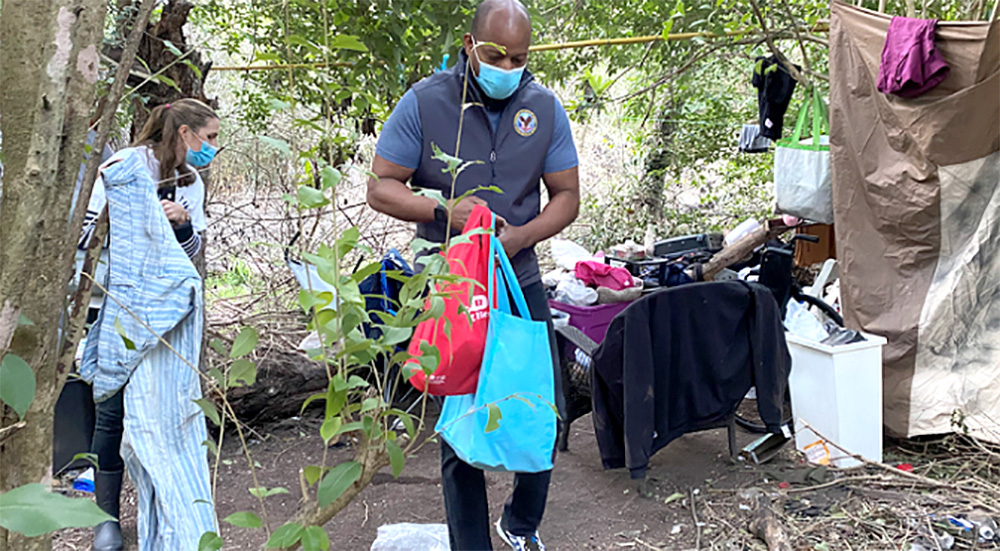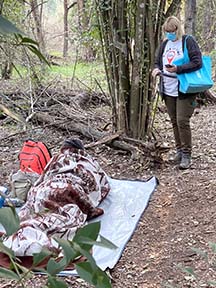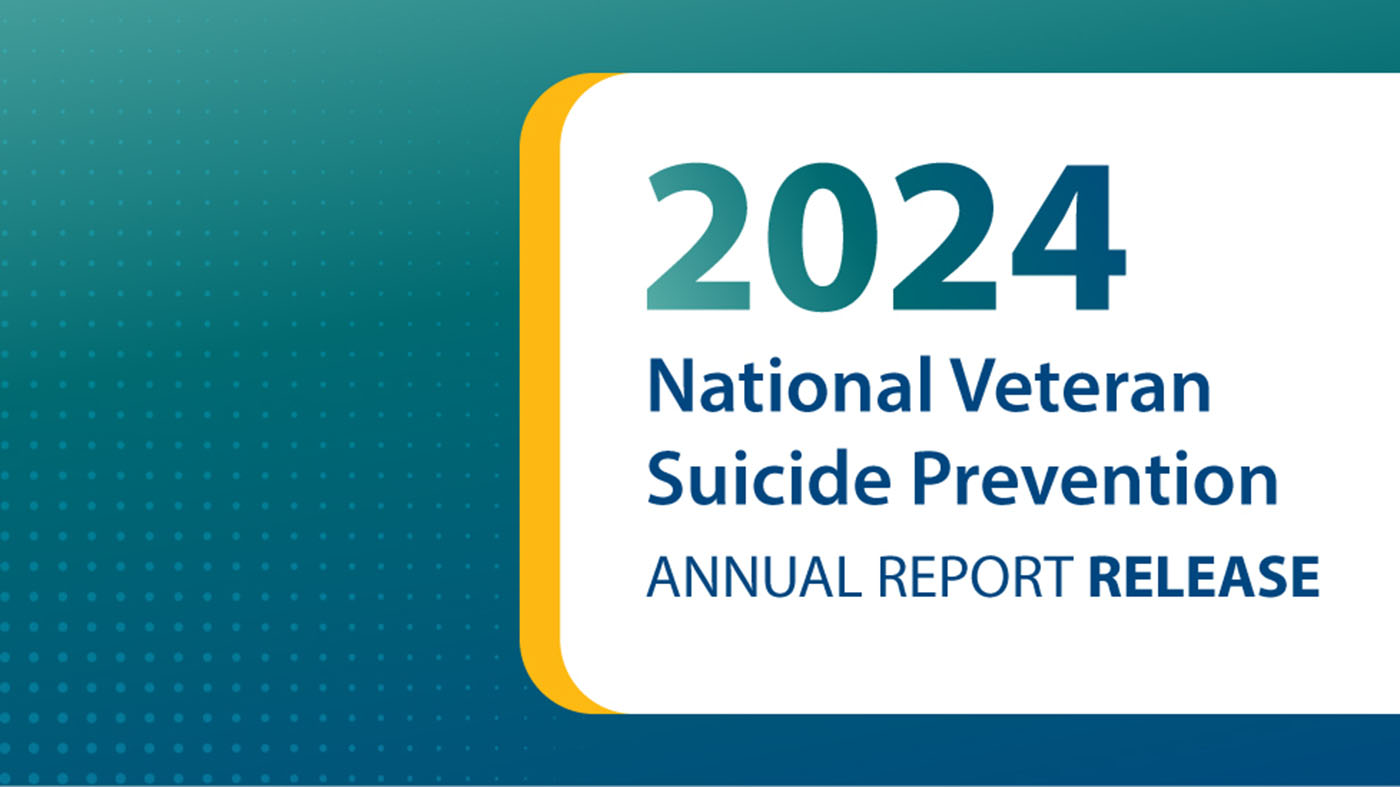A pre-dawn room packed with San Antonio social workers, wellness bags, breakfast tacos and maps can only mean one thing – the annual Point-In-Time Count (PITC).
Every year, in large municipalities across the country, VA social work staff partner with their local government agencies to not only determine the location of the homeless population but their housing and health status.
It’s a large task in San Antonio, taking the 23 volunteers two days and hundreds of miles to complete.
Like many things, COVID-19 has also impacted this effort. Last year the PITC was not completed due to high infection rates, and in 2022, the Omicron variant delayed the PITC from December to March.
The three-month delay brought better weather for “Team 6,” which consisted of South Texas VA HUD/VASH supervisor Katherine Herrera, social worker Heidi Morris and Director/CEO Christopher Sandles. The team was escorted by two San Antonio Police Department officers.
On the ride to the first encampment, Sandles asked Morris why she keeps at this seemingly endless task. “Certain Veterans can be more exhausting than others no matter how you try to assist them,” Morris said. “But you have those Veterans you can direct. I have many that I’ve been working with since 2017 when I started, and I love working with them.”
Blankets and food welcome sight for homeless couple
Morris said many are appreciative and respond or follow through when you present them with resources.
The team found themselves at dawn working their way through thick brush in a local park, looking for encampments that have been noted on a city-wide homeless reporting system.
Many of the encampments cannot be seen from the street, bringing the team onto inconspicuous trails, their discovery aided by trash and articles of clothing strewn about.
Herrera, who has worked many PITC’s said the early morning outreach can be contentious and at times dangerous because the homeless are fatigued and facing the challenges of their addictions, which can make them irritable and uncooperative.
Their first contact was a couple that was receptive to the team’s arrival. The blankets and food were a welcome sight. In turn, Morris was able to conduct an interview of the couple, loading their information into an app that is provided by the city.
Demographic accuracy determines federal homeless funding
Team 6 is seasoned, including Sandles who has conducted PITC’s in Los Angeles’ Skid Row, the largest homeless encampment in the country. The team moved from encampment to encampment in their sector, even finding additional uncharted ones.
Many take refuge under bridges and overpasses, but some use the cover of a shuddered business or row of bushes, just enough to keep them from view of law enforcement, and at times, society.
The team witnessed the diversity of homelessness, engaging with single young men who lost a job or a partner, to senior families, their physical appearance telling the team they have led a rough life living on the streets.
All of the locations are critical to count because demographic accuracy determines the level of federal funding provided to support the local homeless population.
On this particular day, no homeless Veterans were found by the team, which may be a testament to their tenacity. From October 1, 2020, to September 30, 2021, both the Health Care for Veterans and Veterans Affairs Supportive Housing (VASH) programs assessed and engaged 1109 Veterans.
Social worker’s efforts get homeless Veteran into nursing home
One reason for this, Herrera explained, is that Veterans have more access to housing than civilians. The real work starts when they engage homeless Veterans, and Herrera says it’s often not an easy road.
“There was a Veteran who we interacted with frequently in outreach and he finally connected with multiple agencies, and we got him into VASH. There were all kinds of challenges with him, like losing phones, not cleaning his apartment, intoxication, all of that stuff,” Herrera said.
He got in touch with his family, and case worker Lisabeth McDonald worked with him tirelessly. She got him his proof of Medicaid and got him into a nursing home in Waco, which was close to his son.
Herrera said this Veteran used to be a daily call, but is now adjusted and doing well in his new surroundings. He even calls back to Lisabeth to let her know how he is doing.
“To see him with so many challenges, leave here and rejoin his family, it’s pretty awesome,” Herrera said.
That Veteran is what keeps Herrera energized.
“It is truly remarkable to see the changes in people who have gone from homeless to housed,” Herrera said. “So many of our staff are Veterans themselves and no-one wants to see a Veteran experience homelessness. We are grateful to have the resources to be able to help Veterans and make their experience of homelessness as short as possible.”
The results from the 2022 PITC will be released in early summer.
Topics in this story
More Stories
Watch the Under Secretary for Health and a panel of experts discuss VA Health Connect tele-emergency care.
The 2024 National Veteran Suicide Prevention Annual Report provides the foundation for VA’s suicide prevention programs and initiatives.
Theranostics is a specialized field of nuclear medicine that uses a two-pronged approach to diagnose and treat cancer.







